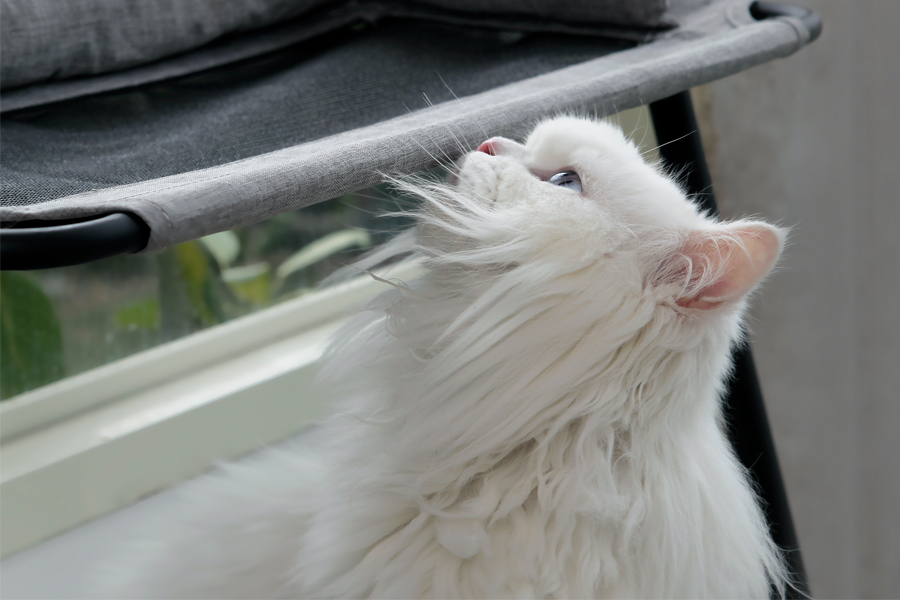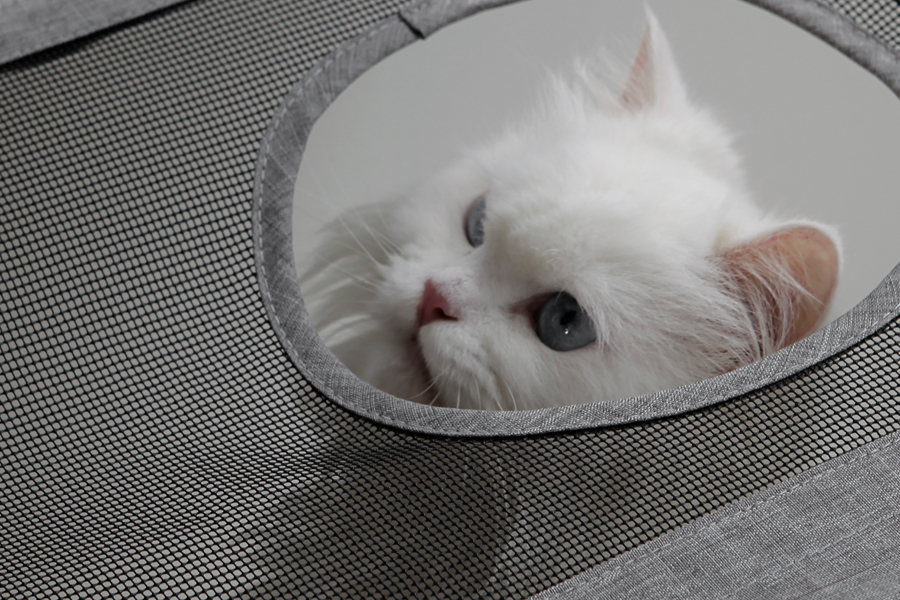Pet Safety: Creating a Cat-Friendly Living Environment
I'm sure many people have experienced living under the same roof with roommates, haven't they? Living with different individuals often requires mutual accommodation of each other's habits. The better we understand one another, the better we can meet each other's needs and preferences, leading to better coexistence.
But what about our furry companions who share our daily lives? Cats can't speak, so we can't directly understand their needs. Therefore, let's work together to understand our cats' preferences and create a living space that suits them:

|Space|
Cats naturally enjoy perching up high, as it provides them with a sense of security. Therefore, when designing a living space for cats, vertical space takes precedence over horizontal space.
If your home allows for it, extending shelves along the walls can expand your cat's usable space and height. Additionally, if there's outdoor space like a balcony (ensuring its safety and enclosure), it can provide a more comfortable environment for your cat.
If you can't modify your decor, you can consider cat tree products available in the market, which can be placed in suitable areas.
|Litter and Litter Boxes|
Research suggests that nearly 70% of cats with elimination issues result from using litter that isn't suitable for them. Generally, scented litter is not recommended. Additionally, there are various types of litter available, so for new cats, it's advisable to try different types to determine their preferences. It's crucial not to wait until your cat shows signs of discomfort before addressing their litter needs.
The recommended number of litter boxes is the number of cats plus one. Therefore, for a single-cat household, you should have at least two litter boxes (three or more for two cats, and so forth). This preparation is necessary because cats typically prefer not to urinate and defecate in the same location. Having only one litter box may cause discomfort for them and can lead to issues like inappropriate elimination, particularly for more independent cats.
|Scratching Posts|
It's commonly believed that cats scratch to sharpen their claws, but this isn't entirely accurate! Cats' claws naturally shed and grow over time. They scratch primarily for stress relief and marking territory. Therefore, materials that are easily marked, such as corrugated cardboard scratching posts, are preferable. It's essential to have an adequate number of scratching posts placed in various locations and angles to satisfy your cat's scratching instincts.
|Toys|
Cats have a natural instinct for hunting, so their toys should fulfill the "chase, catch, and bite" steps of the hunting process to satisfy their playful nature. Toys like laser pointers are not ideal because they don't provide the physical interaction and stimulation that cats need. Over time, this can lead to boredom and frustration for your cat.
Additionally, many household items that humans use are not suitable for cats to play with, such as toothpicks, window blind cords, needles, plastic bags, and more. These items can easily be swallowed or cause injuries during play.
